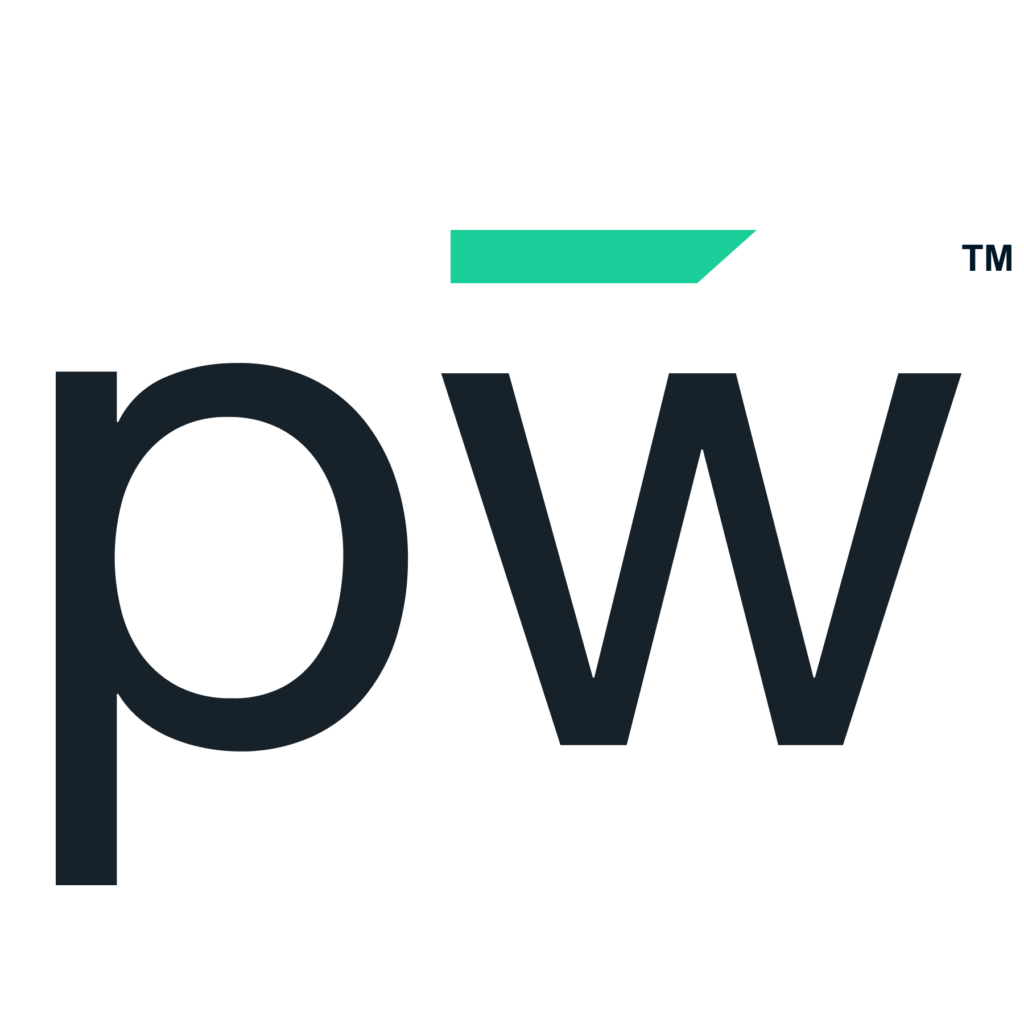It takes a lot of heavy lifting to make a multi-million (or multi-billion dollar) organization run. Jumbo employers need big software solutions and complex delivery systems just to address their human capital management needs. Their price tag runs upwards of $500k/year…ouch! The good news for smaller businesses is there are plenty of solutions and approaches that you can take that give you the people advantage that you need without the jumbo price tag. It’s all about building company culture.
How to Improve and Build Your Company Culture
The following recommendations come from our vast experience in Human Resources and Recruitment. The pepelwerk team has hired for every industry you can think of over many years. We know the importance of building company culture and understanding the “why” behind your brand.
Don't Confuse Culture with Internal Marketing
Culture isn’t a fluffy concept. It’s real and it starts at the top. As the leader, you will determine the tone, attitude and work environment. Too often do I see business leaders caught up in buying the coolest ping-pong table, spending a lot of money on engagement software and even hiring marketing agencies to write a thesis about their mission and values. That’s internal marketing – selling your organization to your own workers. But sourcing quality candidates involves curating a quality culture.
Culture trickles down from the corner office. You cannot buy enough Friday beers, on-site espresso machines, or cutesy perks to buy your way out of a flat (or worse, toxic) culture. While those 3 o’clock espresso shots are nice, they won’t retain employees when the C-Suite isn’t engaged with the mission and purpose of the company.
I always ask executives and business owners to dedicate time to talking to the people that work for them. If you value and have the budget for Taco Tuesday food trucks, great! But don’t use these external perks to replace human conversations. Connect with your employees in a meaningful way. Find out what they expect the company’s mission (apart from profit) is. Then, develop a plan to align the C-Suite to the prevailing desires of the employees, to create a winning company culture.
Remember, building company culture starts at the top. No one is going to buy it if the leadership is saying one thing but doing another. Give your employees a mission and purpose, and they will follow you anywhere.
Think About Your Employer brand
Your Employer brand is not the same as your culture. An Employer’s brand is really two things: why buy our product or service and how we respond to market forces.
You can easily see the “why” of most major companies when you look at their ad campaigns. “Why” is often sold as lifestyle betterment. Look at any commercial for beverages. The why is generally, “you’ll have fun and friends!” The “why” is never really about the product itself. No one cares about features, they only care about benefits. If we were sold on the “features” of sugary soda, what would they tell us? “Causes diabetes, obesity, and cavities! Buy our soda!” No, they sell us supposed benefits – active lifestyles, surrounded by friends and family. Likewise, employees buy into the overall employer brand and employers attract talent in the same way a brand attracts customers. So, know your “why”.
The other side of Employer brand is to do with the reputation in the job market; how a company responds to criticism, emergencies, and shenanigans that impact employees. It is how the leadership plans and executes a recovery when something goes wrong. If you think current and potential candidates aren’t watching, you are sorely mistaken.
For example, a single-serve beverage company knows that they contribute more plastics and toxins in the environment because of the container they use to make their product. Instead of pretending like that doesn’t happen, their CEO made it a priority to find a better, environmentally-conscious solution and makes it part of their Employer brand. Other companies like Patagonia make news when they leverage their brand to support their mission and purpose (again, apart from profit).
Another example is how the food industry supports farmers and handles food waste. The good news is that companies of all sizes are learning how transparency improves their Employer brand. Job seekers aren’t looking for the perfect company, but they’re looking for a responsible and ethical one. That levels the playing field for all size employers in terms of building company culture and acquiring candidates.
Don’t Over-Invest in Recruiting Software and Marketing Solutions
The big brands have spent decades building a big ship and have legacy systems that will do the job but don’t allow them to pivot quickly. Huge ships take a long time to turn and that may make it difficult for them to stay relevant. To be honest, if they have done their job right, it doesn’t matter. Job seekers look for their company. They have an Employer brand. You may not have that luxury. The worst thing you can do is be oversold on widgets, applicant tracking systems, recruitment agencies, job boards, and marketing platforms. Just keep it simple and have everything in one system.
Don’t Over-Leverage Yourself with Third-Party Management and Staffing Companies
Everyone knows the advantage of being the 800lb gorilla. No one messes with you and most of the time you get what you ask for. As a growing business, you just don’t have that luxury and sometimes fall victim to slick sales pitches because you don’t know what you don’t know. That includes getting into contracts with third-party management, staffing companies, and consulting firms that aren’t always out for the best interest of your business. That means capping costs on non-revenue generating expenses or improving efficiency. There are myriad solutions and services available that can get people hired, paid and manage risk. The most expensive solution isn’t necessarily the best.
Determine Your Pay Philosophy
This is the one thing that you should have in common with jumbo employers. You may not have the budget to spend on the highest wages but that doesn’t mean you can’t compete.
Circle back to the company culture discussion above. You will find that offering a meaningful mission and purpose to employees is a better way to retain top candidates than just handing them a paycheck. They can get that anywhere.
Know That There is More Than One Way to Hire People
It doesn’t matter if you have friends and family working for you or people you found on Craigslist (yes, we said it). Knowing your legal obligations as an Employer is huge for the successful growth of the business. The government will want you to provide a safe working environment and pay your employment taxes and manage the record-keeping of your employees’ wages. You don’t have to pay thousands in legal fees and consulting fees. There are reputable services that specialize in risk aversion for employers.
Building Company Culture with pepelwerk
There may be a time that you get that big and your people needs demand jumbo spending. In the meantime, keep things simple. Using pepelwerk from the introduction to hire and beyond and only paying for what services you need is the best start. Our Company Profile for Employers is a great starting point for building company culture.
Our all-in-one recruitment and HR platform matches job seekers to work in a streamlined way. We take the hassle out of finding the right candidates for your job openings. Our intelligent skills-matching software identifies quality and relevant candidates, based on their skills, attributes and a range of other contextual criteria. We match Employers to the candidates they need now and for the future, while Employers get to showcase their company culture through their Company Profile.
Learn more about pepelwerk and how we are transforming the way that Employers engage with job seekers.










